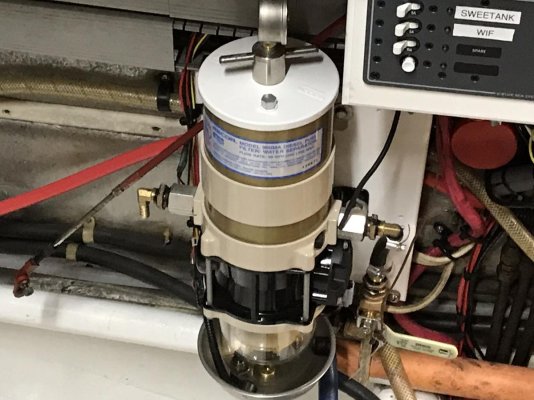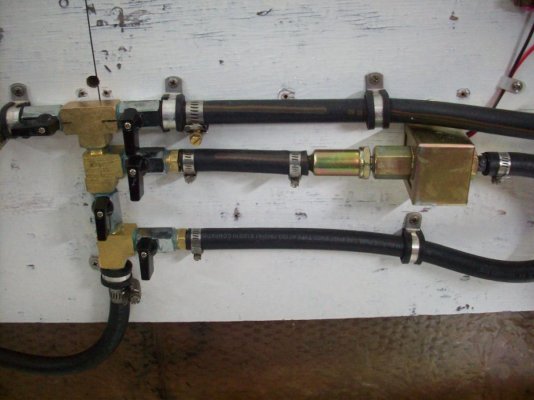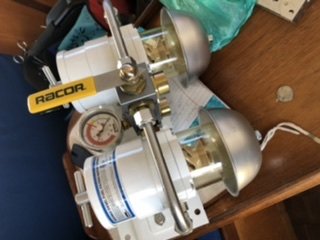BonesD
Senior Member
Does anyone use an in-line primer squeeze bulb on their diesel system to assist in in priming?
The type you see on most outboard fuel systems. If so, does it help and will the standard gasoline bulb hold up to diesel. I don’t know if there is one designed for diesel or not.
Thanks.
The type you see on most outboard fuel systems. If so, does it help and will the standard gasoline bulb hold up to diesel. I don’t know if there is one designed for diesel or not.
Thanks.




